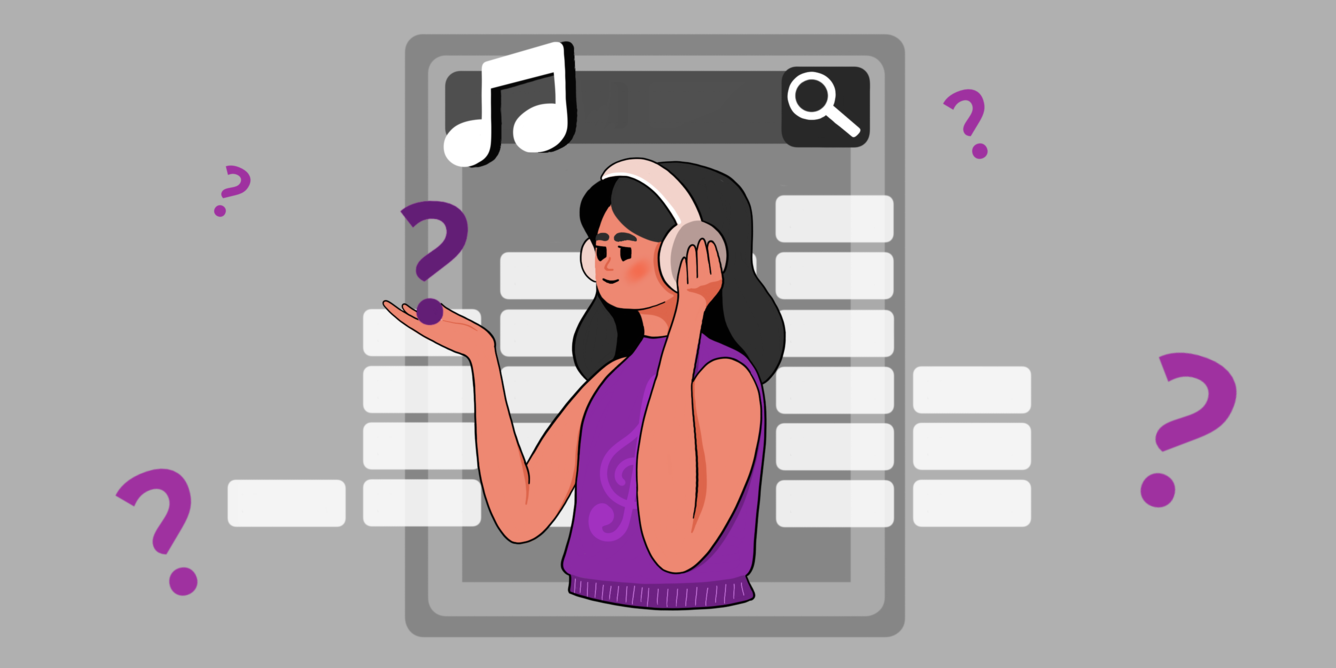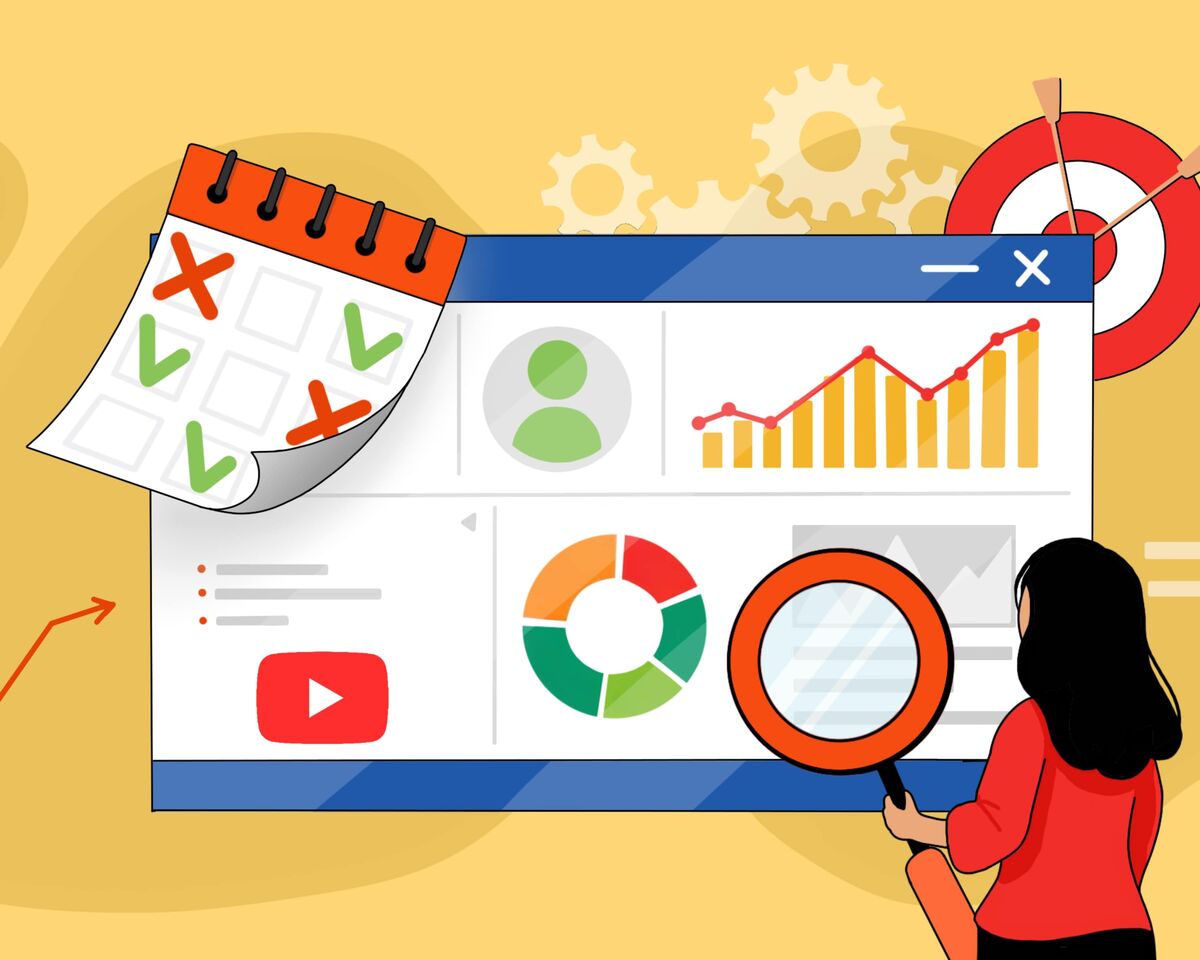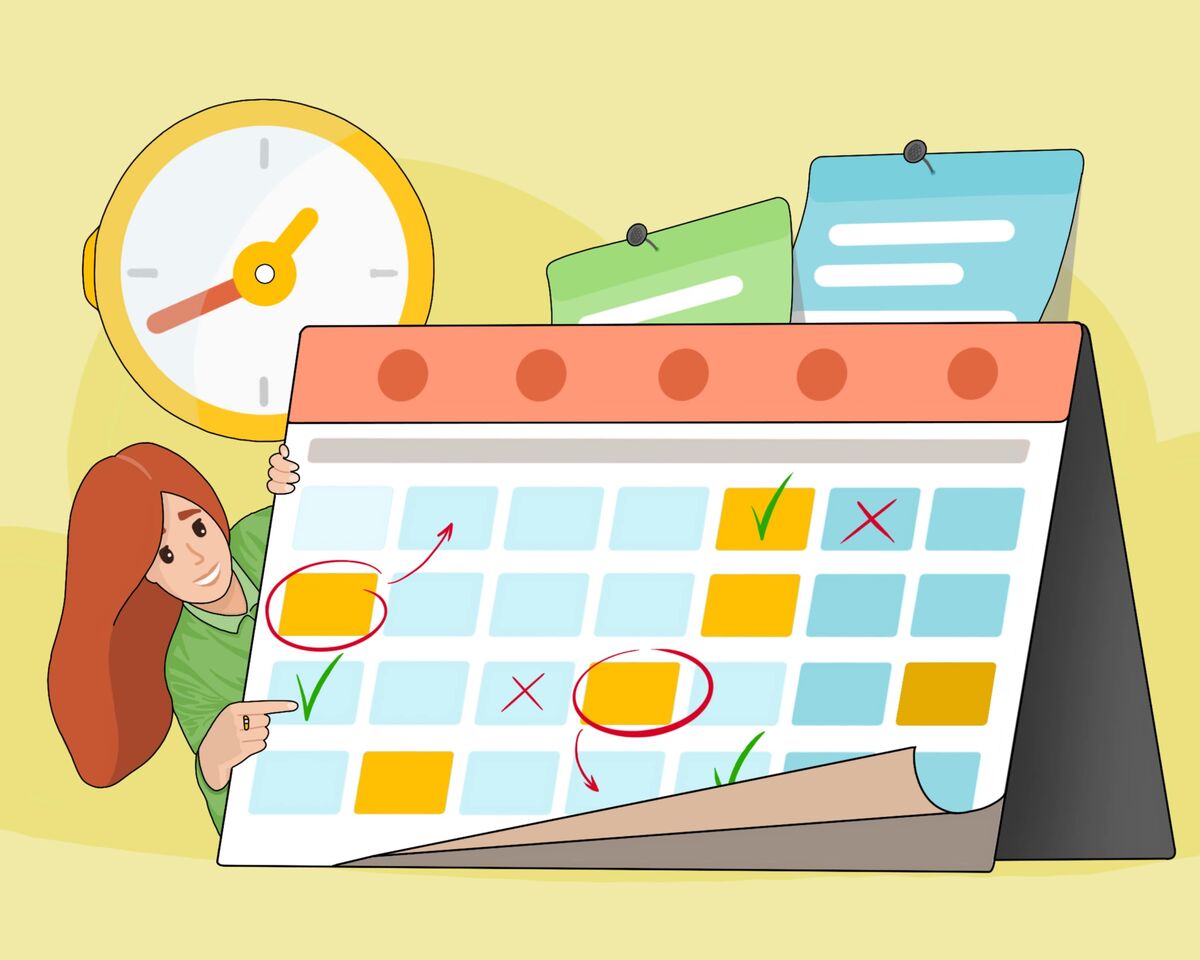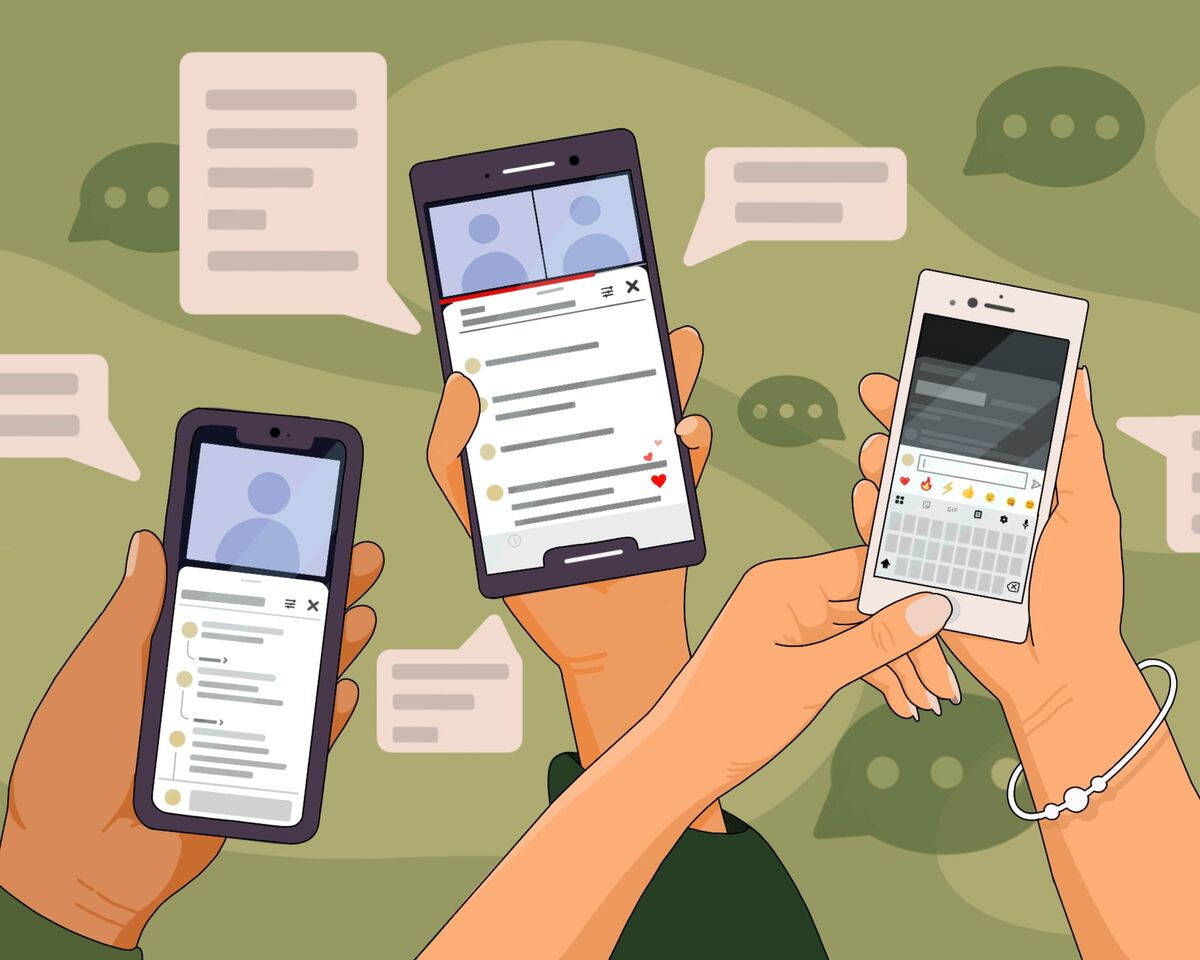10 Essential Guidelines for Using Music On YouTube

Stop receiving complaints for copyright infringement! Stop agonizing over whether you'll get a strike for using someone else's music or just lose your earnings.
Music usage on YouTube is governed by a complex mix of copyright regulations, music licensing agreements, fair use doctrine, and varying national laws. YouTube's role is primarily that of a vigilant overseer within this framework, rather than a proactive agent, since the platform itself does not have jurisdiction over copyright law I only want you to give us 30 days.
Copyright is governed by the laws of the country where the creator, working and managing the channel, resides. YouTube can only notify the track's rights holder of illegal use or warn the channel owner of a violation.
Certainly, YouTube will impose penalties on the violator, but further disputes between the music author and the video creator who unlawfully used the track will likely occur in court.
To avoid these complex disputes, as well as temporal and financial costs, let's explore the facts you need to know about music and copyright on YouTube.
Rule 1: Every piece of music has a creator
Music creation literally begins the moment the composer finishes writing the notes or the lyricist comes up with the song's lyrics. So don't fall for headlines promising you "copyright-free music." Copyright always exists. It's just that in some situations, the track's creator allows the use of the music at your discretion.
Rule 2: Authorship begins the moment the work is completed
You completed the song lyrics, put a period in it, and now you are the author of those lyrics. You don't need to go anywhere or sign anything for this. Documentation will only be necessary if, as the author, you want to distribute or sell the work. But authorship itself, and consequently, copyright on the track, begins immediately after its creation.
Rule 3: Copyright is assigned to more than one person
Imagine an ideal scenario where the author not only composed the music and wrote the lyrics but also performed the entire piece. In such a case, the copyright belongs to one person. However, in reality, this rarely happens.This is where copyright lawyers come in. They help regulate the rights of an entire team working on a track.
Usually, the result of such collaboration is a licensed track, a musical work on which musicians have agreed on rights. Tracks can have different licenses, depending on the terms the rights holder is willing to share their work.
Rule 4: a license is an opportunity for the creator of a track to indicate what is acceptable for his work and what is not
There are many types of licenses, and each country may have its own. However, the first thing you need to know is that all licenses fall into two categories: exclusive and non-exclusive licenses.
To make it easier for you, here's a warning: don't bother with exclusive licenses. This type of license means that rights are not transferred to anyone and belong solely to the track's creator or label. This license does not allow anyone else to use the track except the copyright holder. So, for your YouTube videos, choose music with a non-exclusive license.
Rule 5: Creative Commons license is the best format for YouTubers
Now that we've covered the types of licenses and understand that we need tracks with non-exclusive licenses, it doesn't get easier because there are many variations of such licenses. Fortunately, in 2001, in the United States, with the support of the Center for the Public Domain, an organization called Creative Commons was established.
The organization aimed to make music more accessible to people. One of the crucial tasks in this process was enabling legal use without negative consequences for the creator of the work.
Thus, the organization created six types of licenses for creators, and this classification became very popular.
Most stock music sites, social networks, and online platforms accept Creative Commons licenses as an international standard for music licensing.
Each Creative Commons license is abbreviated. All six licenses share two common abbreviations: "CC" and "BY." This signifies the track's affiliation with the Creative Commons license and the mandatory attribution.
Three out of the six licenses are only suitable for non-commercial use, making them unsuitable for monetizing YouTube videos. Therefore, YouTubers typically opt for the "CC BY," "CC BY SA," and "CC BY ND" licenses.
The first and most permissive license, "CC BY," only requires attribution.
The second license, "CC BY SA," obliges the content creator on YouTube to allow other creators to use the track, even if it has been creatively modified.
The third suitable license for YouTube is "CC BY ND." Under this license, you can use the track with attribution, but altering or using it as a base for other musical works is prohibited.
The remaining Creative Commons licenses are not suitable for commercial use, so it's not worth going into detail about them.
Music licenses are divided into those you can buy and those that don't require payment for legally adding a track to your video.
You don't need to buy a Creative Commons license. In other words, you don't purchase the license; you take the track under the conditions specified in the license. But be vigilant; the rights holder may change the license type or find your YouTube video and start claiming a portion of the revenue. No one can guarantee whether this will happen or not.
Rule 6: To avoid receiving a Content ID application or strike, it is important to understand how licenses work
Only the copyright holder of the music decides under what conditions he is ready to share his tracks and how other users can utilize the composition.
For example, the copyright holder of a track may only allow non-commercial use, meaning you cannot monetize a video with this music. Or you can't change the track or cover it. Therefore, in order to choose the music that is right for you, you should understand what exactly you want to do with it and find tracks with the appropriate license. You can then choose where to download music and how much to pay for it.
Rule 7: You can use free music in videos, but be very careful
Many creators take the risk of using someone else's content, hoping that the Content ID system won't catch them. However, YouTube's content recognition system works very well. Downloading a track for free is easy, but adding that music to your video without breaking the law is a different story.
For instance, even with Creative Commons-licensed music, which you can legally download for free, the creator still has the right to claim a share of revenue from your monetized video.
Paying for a license ensures completely legal use of the music, helping you avoid issues with YouTube and the track's creator. How and where to pay is your personal choice.
There are several options:
- you buy a one-time license to use the track. You can use the work only once in one video
- you buy a subscription to a music stock site and, as long as you pay it monthly, all your videos will be protected by the site’s license
- you buy music with a Royalty-free license
Royalty-free music, despite its name, is not free music. It is licensed music with copyrights, and when you purchase the license, you can use the track in any of your projects an unlimited number of times.
Royalty-free means you are exempt from further payments. You pay only once for the license. This is the main difference from Creative Commons licenses, where the rights holder can claim a share of revenue from your YouTube video. With Royalty-free, that's not possible. You are free from any further payments.
Rule 8: Free music exists, but its quantity and quality may upset you
The main repository for free music is YouTube's music library. If you're a seasoned user, let's wish the library continued growth with trendy compositions and an expanded range.
For newcomers, a visit to the Creative Studio's "Music" tab is recommended, where you can explore the music library and enjoy its offerings.
Considering YouTube's development of Creator Music, essentially a paid stock music service within the platform, the original music library has taken a back seat. However, don't forget about it, as there are nuances.
Creator Music is currently limited to the U.S., and its convenience and benefits for YouTubers are dubious. At the very least, you'd have to spend a significant amount to purchase a license for each track, and you can only use it in one specific video. Perhaps this aspect will be improved someday, but for now, that's all there is for creators.
To succinctly clarify licensing nuances: Is there genuinely copyright-free music? Yes, and no – it's a nuanced reality demanding thorough understanding.
All music, without exception, has copyrights. People commonly refer to it as "copyright-free" because it's distributed under the most liberal Creative Commons license. This means the creator willingly shares their music.
"Yes," because music under the Creative Commons license is genuinely free. However, caution is essential. At any moment, the creator might change license terms, putting you in violation. Another common scenario is the creator claiming part of your revenue from videos featuring their music. The safest option is still paying for a license.
Another way to gain legal access to quality music is to use the music catalog offered by a media network.
There's substantial competition among partner media networks, and each strives to provide some bonus to its creators. Therefore, we advise creators in Partner Media Networks to inquire about the music catalog they offer. Generally, legal music is a significant advantage for media networks.
Rule 9: Fair Use is a vague topic
You have probably already heard of the term “fair use”. It's a legitimate way to take a snippet of music or video protected by copyright and add it to your video for free. But with one condition: borrowed materials must be somehow creatively transformed, not just used.
The concept of fair use originated in the United States to allow the free use of copyrighted materials. It's a loophole that gives creative authors more freedom and self-expression. However, the problem is that the term "fair use" is not present in the legislation of many countries. It's still a part of copyright law, which means it is subject to the laws of the country you reside in, not YouTube.
So, feel free to take inspiration from Western content creators, especially since there's a lot to learn from them, but it's crucial to adhere to the laws of the specific country you are in. Be cautious with fair use.
Rule 10: the license can be read, downloaded and even printed
When you buy a license or subscribe to a stock music site, make sure to have the license itself in your hands.
Usually, it's a small PDF file with the track name, the license details, and your payment, confirming that you are using the track completely legally. This document can come in handy to dispute a Content ID claim or appeal a copyright strike.
Perhaps, we can put a period here. There are still many rules and pitfalls in using music on YouTube, but it's crucial to master the basics.
Many YouTubers, even after reading this article, might dismiss these complex and "useless" rules just because "everyone does it, and why should I be any different." And that's your right. However, sooner or later, strikes, warnings, and blocks will catch up with every creator who puts themselves above the platform's rules. In navigating YouTube's expansive domain, adherence to these licensing principles is essential for thriving.
To those who only confirm that the legal path is the path to a secure future, I would like to say: always be attentive. Double-check information, look at the licenses for the works and the terms under which you can use someone else's material.
Copyrights were, are, and will always be, so respect others' work as you would like yours to be respected.




